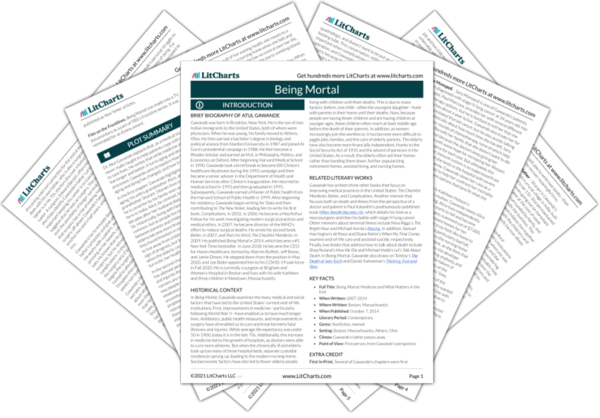The relationship between the residents and caregivers is a crucial one, and this is a big difference between what Lou experienced at the assisted living facility and even when living at Shelley’s. The center acknowledges that he needs help doing certain tasks safely, but it prioritizes his schedule and desires rather than the staff’s. And he is able to determine what he wants to do at all times, in all aspects of his life. This is also an important contrast with Alice Hobson, who did not have that control, and as a result, did not feel that she still had a place in the world, as Lou does.


